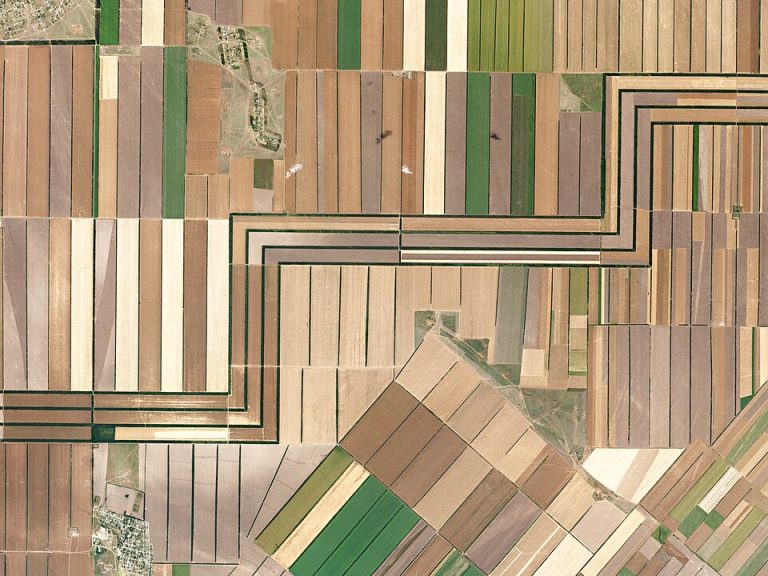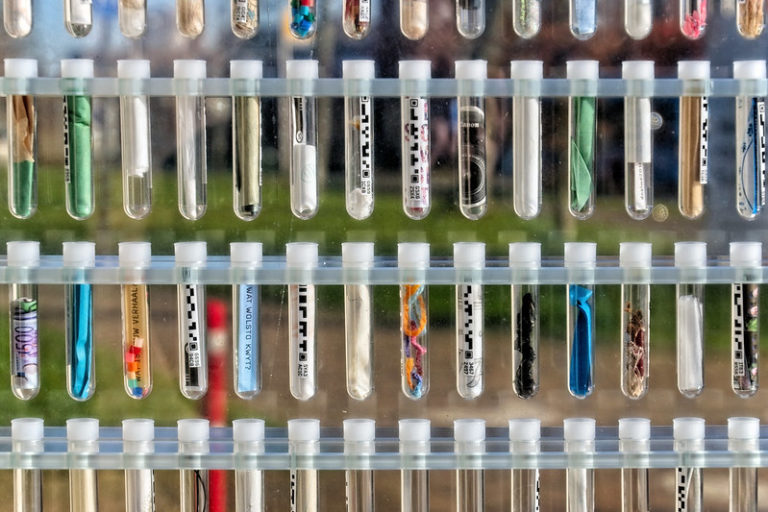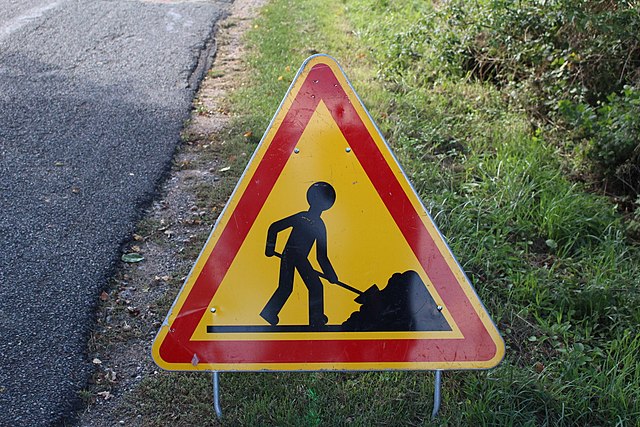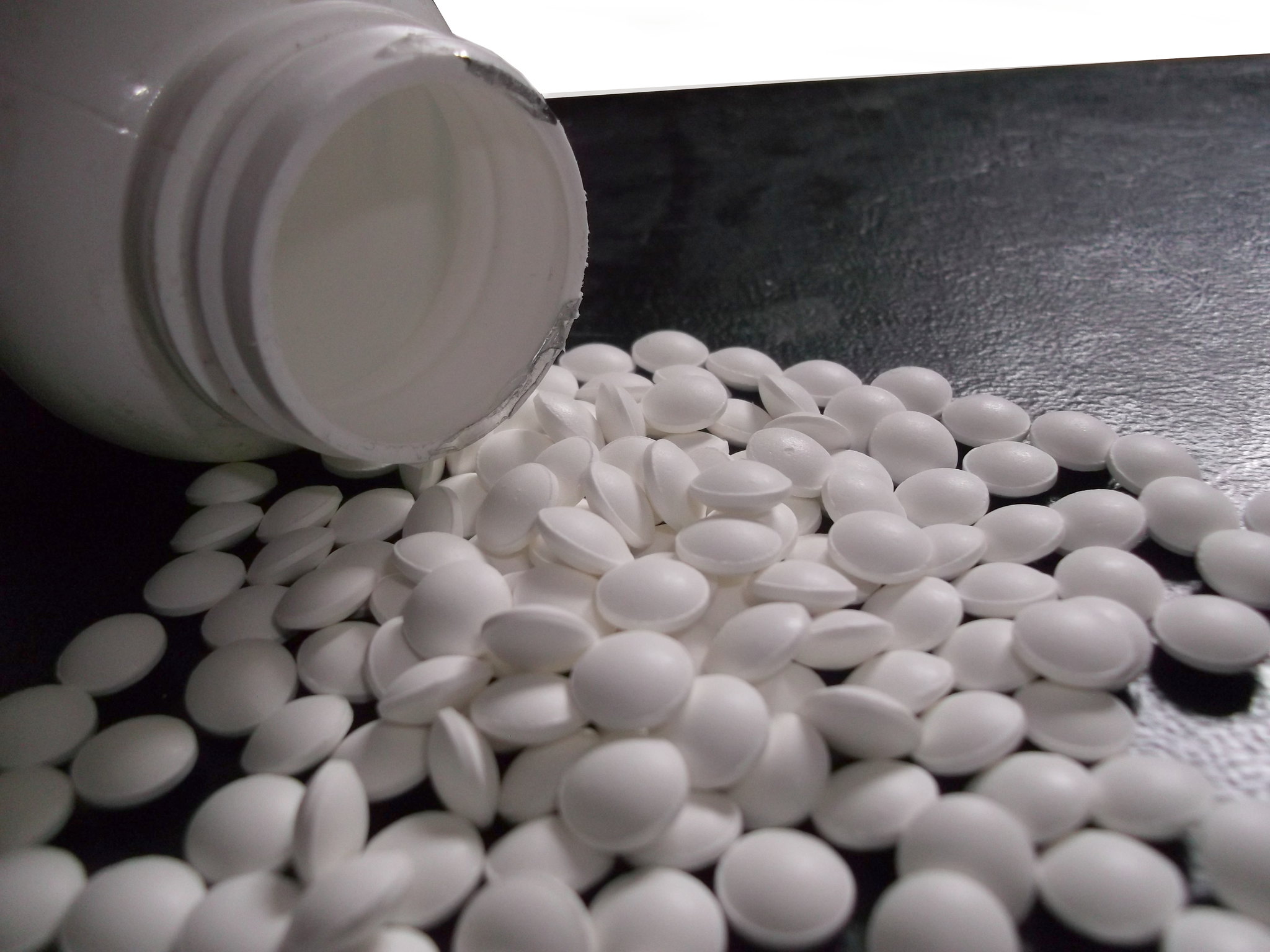News
GMO algae: a future raw material for industry
The algae that live in rivers and the sea have been the focus of a great deal of attention in recent years. Whether micro, macro, green, brown, red… they are currently at the heart of an industrial development project for which the European Commission is active. These GMO algae could be deregulated if the European Commission’s July 2023 proposal were to be approved, as they will undergo genetic modification to be transformed into production facilities for pharmaceuticals, cosmetics, food and agrofuels. This article is a first dive into a world that has gone unnoticed until now.
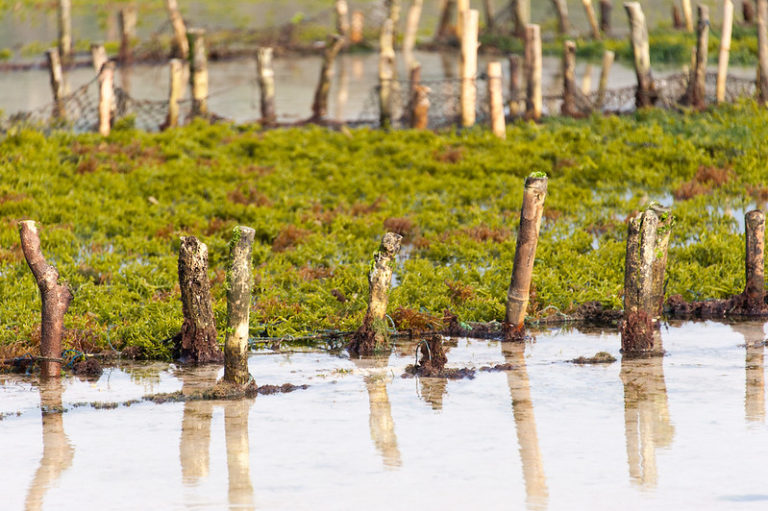
If they don’t buy certified products that exclude GMOs, consumers of chlorella, spirulina, agar agar or other marine algae products may well have to read labels more carefully to find out whether their products are GMO-free or produced from GMOs. Unless this information is no longer compulsory tomorrow. Because in July 2023, the European Commission proposed to deregulate GMOs, or at least a very large proportion of themi. Since then, debates have taken place in the European Parliament, the Council of the European Union, Member States, the business world and civil society. The stakes in these discussions are high because, if adopted, this text would remove many GMO plants from the scope of current legislation, allowing them to be marketed without prior risk assessment, authorisation, labelling or traceability by analytical and/or documentary methods, while at the same time allowing them to be patented. Although, in the proposed text, as in its communication, the Commission insists that this proposal only concerns plants, the latter term is broader than everyone thinks, by including also algae.
Algae, a focus of attention for the European Commission
As stated in recital 9 of the Commission’s proposal, “this Regulation should be limited to GMOs that are plants, i.e. organisms in the taxonomic groups Archaeplastida or Phaeophyceae“. These two Latin terms cover terrestrial plants, but also so-called green, red (Archaeplastida) and brown algae (Phaeophyceae).
This specific inclusion of algae is achieved by this one and only reference in a recital. The term “algae” itself is never mentioned in the text. The reason why Directive 2001/18 and Regulation 1829/2003 make no reference to algae is that they both concern genetically modified organisms, whatever the nature of the organisms. As the Commission’s proposal for a regulation relates only to plants, the Commission felt it was important to refer specifically to algae. But why this particular care, albeit very discreetly to say the least, to ensure that the proposal covers both marine and freshwater algae? The answer lies in the use of these organisms and the plans to use the techniques of genetic modification to adapt them to industrial production and manufacturing processes.
Numerous commercial applications envisaged
In March 2023, four months before the European Commission made its proposal to deregulate GMOs including algae, the European Parliament’s Committee on Fisheries received a report on the “future of the EU algae sector“ii. This report followed on from a communication from the European Commission, published in November 2022, entitled “Towards a strong and sustainable EU algae sector“iii.
According to these report and communication, some 70,000 species of algae have been identified, 50 of which are used industrially, either as a source of food for humans or animals, or as a source of energy. It goes on to give a long list of examples of commercial applications, including “animal/fish feed and feed additives; pharmaceuticals; nutraceuticals; plant biostimulants; bio-based packaging; cosmetics or biofuels and services provider for wastewater treatment; for example, carbon and nutrients fixation etc.’, adding that seaweeds, ‘when being cultivated at sea, removes carbon, thereby reducing ocean acidification” (editor’s note, they do not remove the carbon but capture it). While, according to the Commission, demand for algae in the EU is expected to reach €9 billion by 2030, with demand for chlorella for example, expected to grow by “6.4% by 2025” and for spirulina by “8.7% by 2025“, it adds that “the EU’s growing vegetarian and vegan population, currently estimated at around 75 million, and increasingly environmental and health-conscious consumers will also increase the demand for plant-based food and non-food products, including algae“.
The European Commission is on the move
The European Commission believes that “now is the time to fully harness the potential of algae as a renewable resource in Europe“. In its view, doing everything possible to facilitate what the Commission calls the exploitation of algae is part of the Green Deal for Europe, the “Farm to Fork” strategy and its communication on a sustainable blue economy. The Commission therefore believes it has “a central role to play in creating the conditions that make it possible to do something about the impediments the EU algae sector currently faces“. This is because the algae industry is facing a number of problems, including high production costs, production on small scale that does not make use of the opportunities provided by Europe’s maritime coastline, and too many pieces of legislation applying to algae. While this communication from the European Commission, published at the end of 2022, does not mention GMO legislation as one of the obstacles, it does state that its objective is to define a “coherent and streamlined governance throughout the EU, including simplified procedures and a monitoring and quality framework, with the ultimate aim of placing on the market sustainably sourced and safe biomass algae-based products“. This objective would be in line with what the European Parliament’s Committee on Fisheries has identified as future opportunities for the algae sector, including their “applications in biotechnology and biorefinieries, ranging from food, feed, to cosmetics, bioremoval and biofuel […] source of essential nutrients such as vitamins, minerals, antioxidants, and amino acids“.
Genetically modified algae?
The use of genetic modification techniques on algae is one of the ongoing projects to transform them into production factories. But it is only recently that these genetically modified algae seem to have come under increasing scrutiny. In April 2022, an articleiv summarised that “only recently microalgae attracted significant attention“. Recent because, until then, ‘”the development of economically viable production processes entails resolving certain limitations of microalgal biotechnology, and fast evolving genetic engineering technologies have emerged as new tools to overcome these limitations“. Indeed, the authors state that “although genetic engineering of microalgae is proved to be very effective in boosting performance of production in laboratory conditions, only limited success was achieved to be applicable to industry so far“. Among the difficulties encountered, the authors list the low quantities of products obtained, the slow growth of algae, high production costs, frequent contamination and high energy consumption. The new techniques are seen as usable, for example, to increase the production yields of algae or accelerate their growth. The article also shows that the new techniques of genetic modification, the sequencing and the digitalisation of plant life form the matrix behind the announcements of increased industrial use. The authors explain that developments in sequencing techniques and the existence of genomic data on strains of microalgae have given researchers a greater capacity to explore commercial uses.
In early 2024, another scientific articlev explained the same trend, pointing out that microalgae are naturally rich in carbohydrates, lipids, proteins, pigments, minerals and vitamins, making them “a renewable and sustainable source of bioactive compounds” for nutraceuticals, human food, animal feed (especially aquaculture) and agrofuels. The authors of the article consider that “genetic engineering of the existing strains remains crucial in utilising and upscaling microalgae-based biorefineries“. The genetic engineering they refer to are the techniques of genetic modification using Crispr/Cas, zinc finger nucleases, Talen… what the European Commission calls the “new genomic techniques“.
European Commission documents and scientific articles reveal a certain industrial excitement about the commercial use of algae. Such industrial ambitions may well be the reason why the European Commission has been so careful to include these future genetically modified algae in its proposal to deregulate GMOs. Such a deregulation had already been asked to the Commission, notably by EuropaBio, a lobbying organisation with a long history of involvement in GMO plant issues. This organisation, which recently intervened on GMO micro-organismsvi, had more than strongly suggested deregulation of GMO algae in 2021. That year, in response to a European Commission public consultation on the blue bioeconomy, EuropaBio wrote that “to explore the full potential of algae products […]. An additional aspect to consider is how the development of innovative approaches to improve the characteristics of algae (such as for example gene technology and new genomic techniques) can be supported, for instance through ensuring a proportionate regulatory framework as well as generating public trust and support for such developments“vii.
i Regulation proposal by the European Commission, « REGULATION OF THE EUROPEAN PARLIAMENT AND OF THE COUNCIL on plants obtained by certain new genomic techniques and their food and feed, and amending Regulation (EU) 2017/625 », 5 July 2023.
ii Policy Department for Structural and Cohesion Policies, European Parliament, « The future of the EU algae sector », February 2023.
iii European Commission, « Towards a Strong and Sustainable EU Algae Sector », 15 novembre 2022.
iv S.B. Grama et al., « Emerging Trends in Genetic Engineering of Microalgae for Commercial Applications », Marine Drugs, 24 avril 2022.
v A. Kamal et al., « Genetically engineered microalgae for enhanced bioactive compounds », Discov Appl Sci 6, 482 (2024).
vi Eric Meunier, « Prochaine étape de la déréglementation : les MGM », Inf’OGM, le journal, n°175, avril/juin 2024 (in french).
vii EuropaBio, « EuropaBio comments on the public consultation on blue bioeconomy », 10 August 2021.






